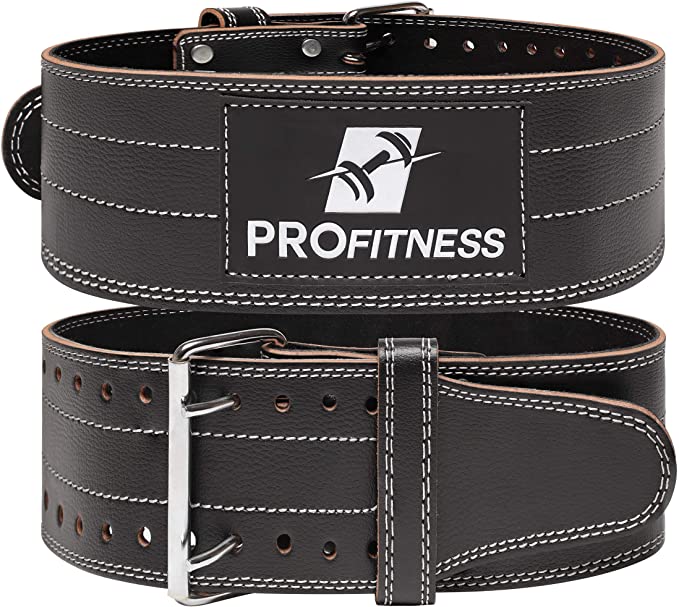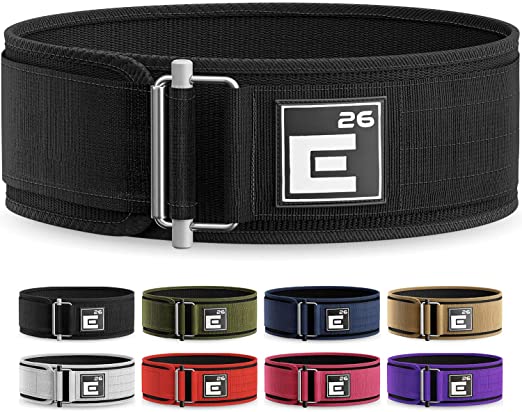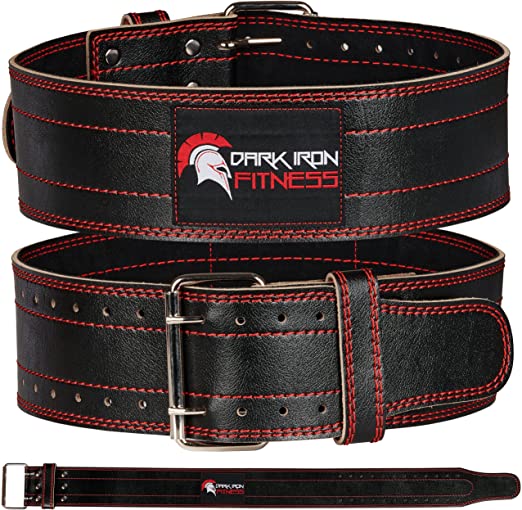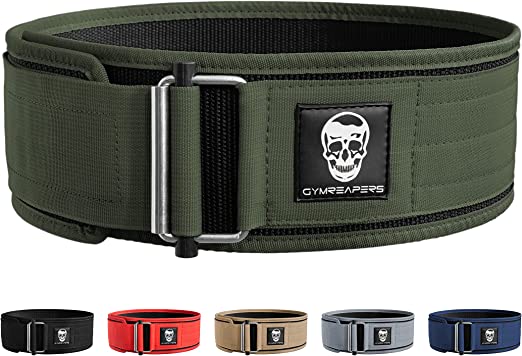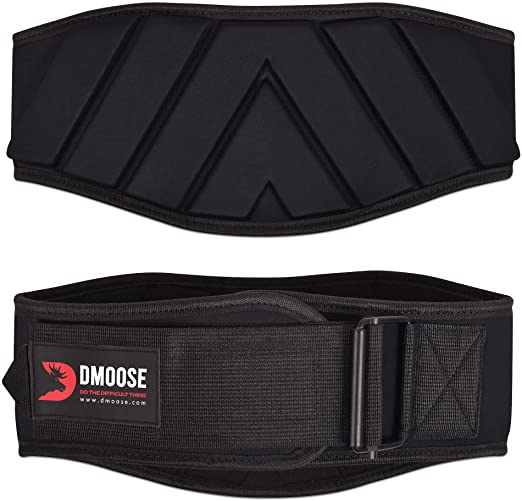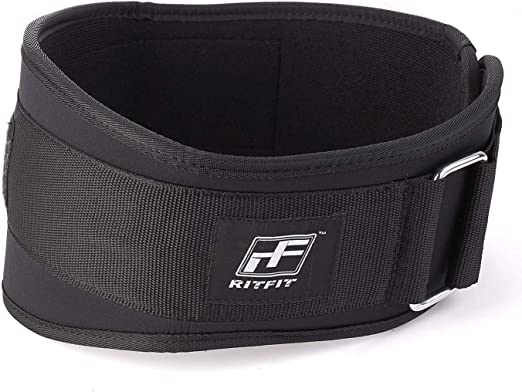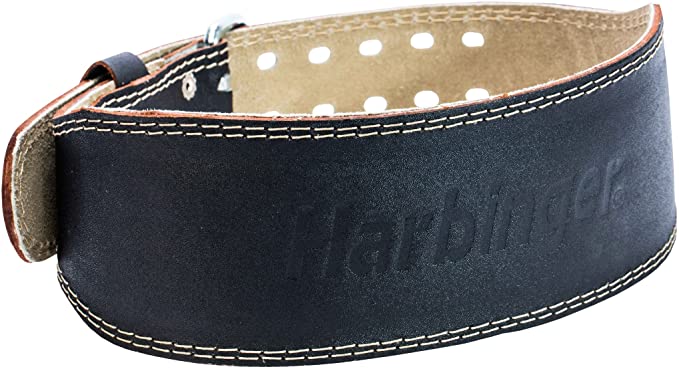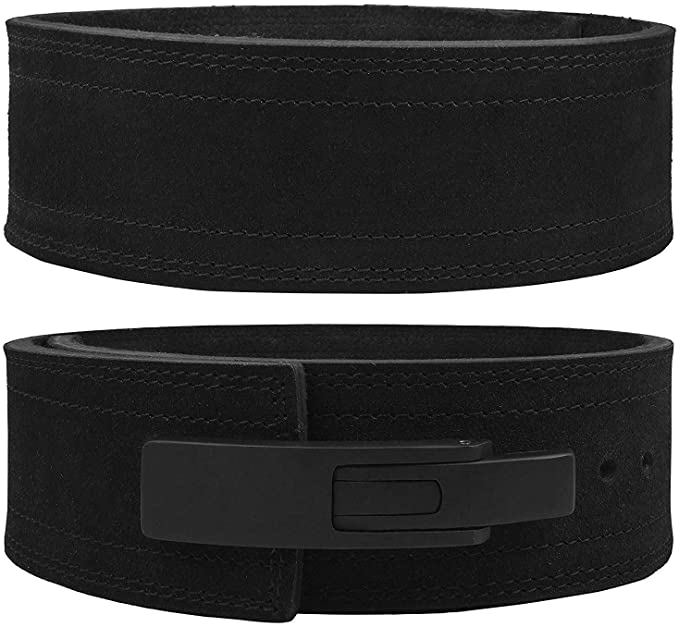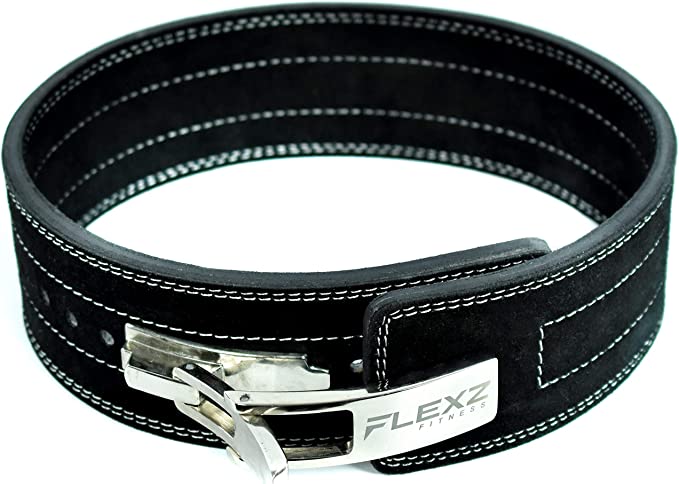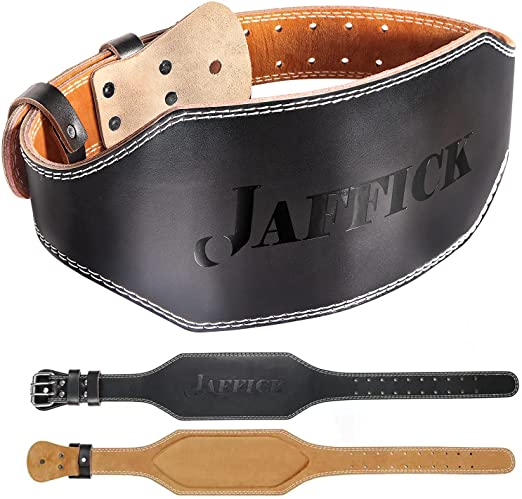ProFitness Leather Lifting Belt
Last updated: June 26, 2022
We looked at the top Lifting Belts and dug through the reviews from some of the most popular review sites. Through this analysis, we've determined the best Lifting Belt you should buy.
Product Details
In our analysis of 33 expert reviews, the ProFitness Leather Lifting Belt placed 6th when we looked at the top 10 products in the category. For the full ranking, see below.From The Manufacturer
There is only one optimal way to reduce the risk of injuries, enhance your balance and improve your lifts all at once: a great quality weight lifting belt. Designed to help protect your lower back from excessive stress during weighted squats and deadlifts, this 5mm thick weight lifting belt offers your back ample amount of support without restricting your movement.
Expert Reviews
What reviewers liked
Suede lining for better comfort
- Greatist
It’s a unisex design with a wide range of sizes to accommodate many body types.
Adjust the strap on this 4-inch-wide belt, and don't worry about it coming undone or slipping mid-lift.
Pre broken-in, so it should feel relatively comfortable straight out of the box
What reviewers didn't like
Sizing can be off
- Greatist
The 5-mm thickness may not offer the support that all weightlifters want.
Cheaper price often equals cheaper quality construction
View our Lifting Belt buying guide for in-depth advice and recommendations.
